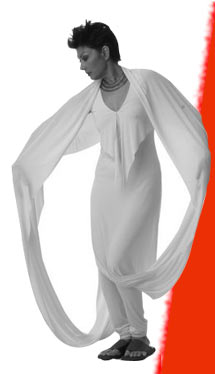As a young woman, reading the Upanishads, I used to be fascinated by the dilemma in determining who the “I” is in our understanding of “Who Am I”. During a research project, while asking Ahmedabad youth this question, the responses were always those of clan or kith and kin – I am the son of…. My grandfather is…… I belong to the panch gaam na Patels. Or of what they owned or possessed – I have a BA in….. I work in…… I belong to…..
And the question remained, Who AM I?
The Upanishads told me that if I could objectively talk of seeing through my eyes, I could not be the eye. If I could observe listening through my ears, I could not be the ears. If I could feel my heart beating, I could not be the heart. If I could imagine my brain thinking, I could not be the brain.
Recent research in the brain, the most difficult and elusive of human organs leads perhaps to more questions rather than the answer; more reflective and analytical questions for sure; more calibrated ones as well. But questions none the less.
In this age of computers, of moving and unmoving parts, the brain is our motherboard – a 3 lbs lump of very wrinkled flesh with no moving parts, no valves, no joints but one which is the seat of the mind, of our thoughts, of the sense of our own existence and that of the other, of the universe. As author Jeffrey Kluger puts it, “You have a liver; you have your limbs. You are your brain.”
But are we?
In 5000 BC there is a record of the first brain surgery, a hole drilled into the brain to prevent seizures. Plato, in 387 BC, believed that the brain controlled the intelligence and was the divinest organ of all. By 300 BC the brain was being dissected by Alexandrian biologist Herophilus. In 1649 Descartes was making the philosophical distinction between the mind and the brain and by 1899 Freud was describing dreams as the passage to the in accessible mind and the royal road to the unconscious. By 1949 lithium was being prescribed as a cure for bipolar disorders of the brain and in 1998 Fred Gage had described the brain’s ability to regenerate.
While medicine, neuroscience and psychology made great inroads into understanding the brain and its functioning and dis-functioning, the basic question of what creates our awareness that we are here, that lets us ask “Who Am I” still remains a mystery.
An interesting series of brain scans shows brain activity when a brain recognizes a face or a place; and when a brain imagines a known face or place. In the scan imagining a face or place lights up the same regions of the brain as actually seeing them does. If a brain can’t tell the difference between an actual experience and an imagined one, can we?
Whether or not we like it , the brain is a machine. Using functional MRI scientists can tell what we are thinking of, in fact they can almost read a mind looking at blood flows. They can tell whether a person is looking at a bottle or a shoe, and whether a person is lying or telling the truth ( Sach Ka Samna having now made this famous).
But can they tell who/what it is in the brain that defines the me-ness of me?
Not as far as I know. So the Upanishadic question remains.
If I can understand my unconscious mind, then “I” am not that unconscious mind.
If I can see, on a machine, the neurotransmitters passing messages through my brain, then I can not be the neurotransmitters.
Who then, am I?

